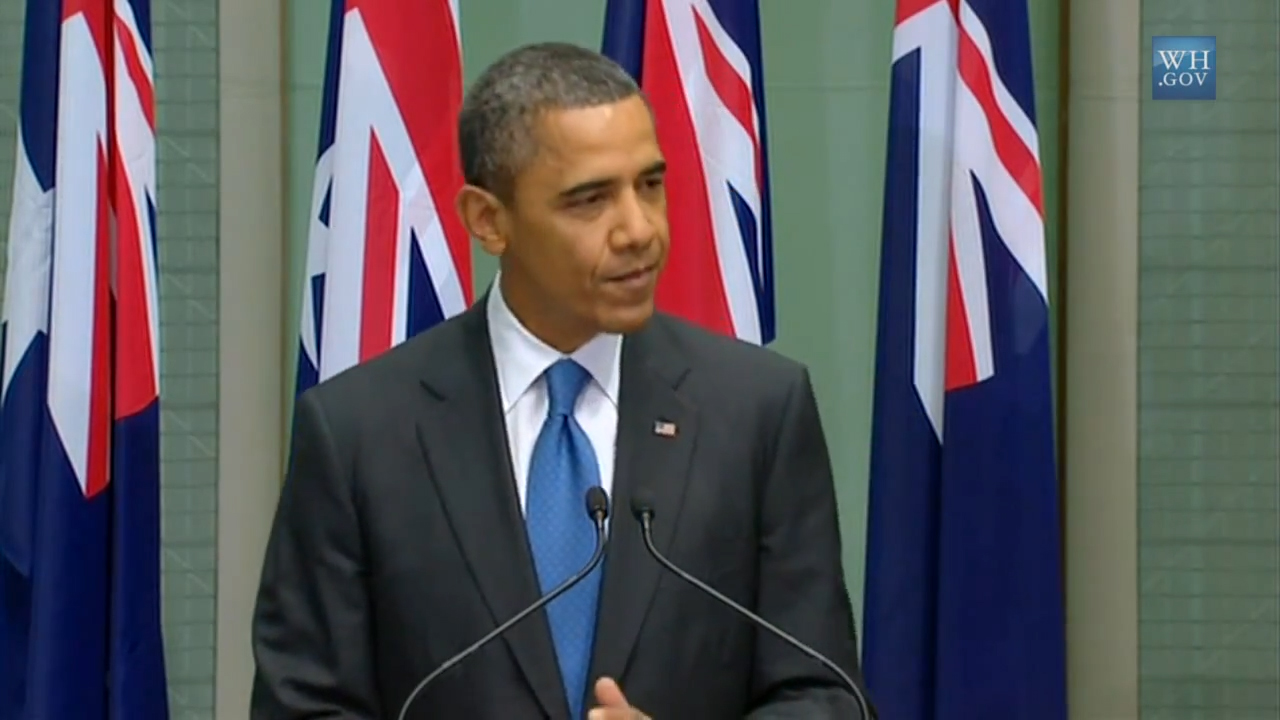Asia-Pacific Rebalance 2025
The Center for Strategic and International Studies last month completed an independent review of the defense portion of the Obama administration’s rebalance to the Asia Pacific. This review, which includes an evaluation of the rebalance’s implementation and resourcing as well as recommendations for its improvement, was mandated by the U.S. Congress under the 2015 National Defense Authorization Act.
This week AMTI looks at the Asia-Pacific Rebalance 2025 report with an eye to understanding its implications for maritime Asia. Will the United States remain engaged in the region? Can U.S. forces counter coercion and anti-access / area denial threats? Will the United States strengthen itsalliances and partnerships to maintain security?
To read the full report CLICK HERE
To read the abridged report CLICK HERE
Seven Lessons from Asia Rebalance 2025
1. The U.S. needs to support allies and partners to help them achieve their military modernization goals.
The United States must work with allies to develop their capabilities in areas such as intelligence and maritime security. Partnering with regional states and providing support for their military modernization goals will, over time, relieve pressure and demand on U.S. forces, and allow the U.S. military to be utilized for other missions.
2. U.S. allies could cooperate more closely.
Cooperation on information sharing is lacking between some U.S. allies, namely South Korea and Japan, which limits their overall effectiveness. More coordination would enable better missile defenses, among other capabilities. Some U.S. allies share in Aegis, PATRIOT, and other missile defense technologies, so cooperation among these states can maximize the effectiveness of regional missile defenses.
3. Nuclear and ballistic missile tests by North Korea and land-creation on disputed features by China increase concern among other countries in the region and increase the demand for additional U.S. surface forces in the Asia-Pacific , including carrier strike groups.
The United States permanently stations one aircraft carrier in Japan at Yokosuka Naval Base, but future scenarios may require rapid deployment of additional surface forces, including carrier strike groups and surface action groups, as well as amphibious forces. Many of these assets are often deployed elsewhere, particularly to manage security concerns in the Middle East. Adding more small combatants, such as Littoral Combat Ships, helps to address some presence requirements, but a large demonstration of U.S. capability and resolve is necessary for deterrence and reassurance.
4. Maritime security challenges within the Asia-Pacific are more complicated today than at any time in decades, highlighting the need for clear U.S. command and control relationships.
If a conflict were to occur today in the First Island Chain, U.S. Pacific Command would likely establish a joint task force to operationally control U.S. military activities in the affected area. However, experience shows that arrangements of this sort are most effective when established before a conflict and exercised on a regular basis. The risks associated with major combat operations in the Asia-Pacific theater placea premium on preexisting command relationships. Interviews with numerous military and civilian leaders suggest that a standing Joint Task Force for the Western Pacific is needed to exercise operational command infuture contingencies.
5. Perhaps the foremost U.S. asymmetric advantage is in the undersea domain, where the United States retains a substantial technological lead over potential competitors. Nevertheless, continued investment in undersea capabilities is necessary to prevent competitors from catching up.
The United States will also need to rely more on its undersea edge as its lead narrows in other domains. Developing new undersea platforms, especially unmanned underwater vehicles, will help extend the U.S. advantage. Increasing the number of U.S. submarines stationed in the Asia-Pacific would also be helpful, as is increasing their payload.
6. The United States must expand its investment in unmanned capabilities, as well as electronic warfare and cyber.
The advantages that unmanned systems will offer in the Asia-Pacific are likely to be significant, especially in anti-access / area denial (A2/AD) environments. Electronic warfare and cyber tactics also serve as major counters against A2/AD strategies.
7. The rebalance required additional funding, which is in tight supply. The Navy and Marine Corps may have to find cheaper ways to solve problems, but investing in strategic defense solutions will pay great dividends.
The U.S. can execute the rebalance at current budget levels, but there are significant initiatives worth investing in that require more resources or higher prioritization. Budget cuts have delayed some projects and cancelled or downsized others, increasing the strain on existing platforms. Despite future projected growth, U.S. surface ship numbers are low and aging. The cost of new ships may be a hindrance as well. It is estimated that by FY 2038 there will be 321 combat ships in the U.S. Navy, but budget concerns may make this target difficult.
